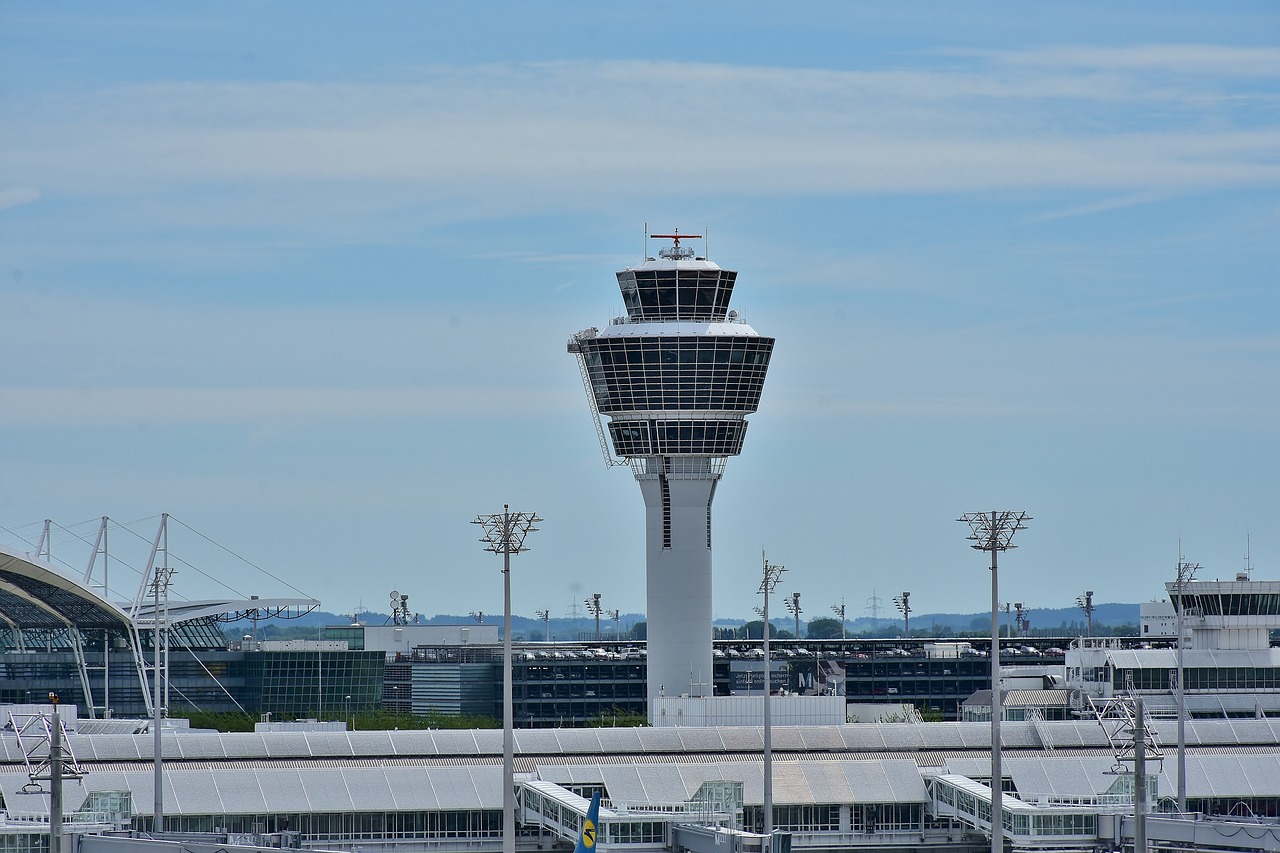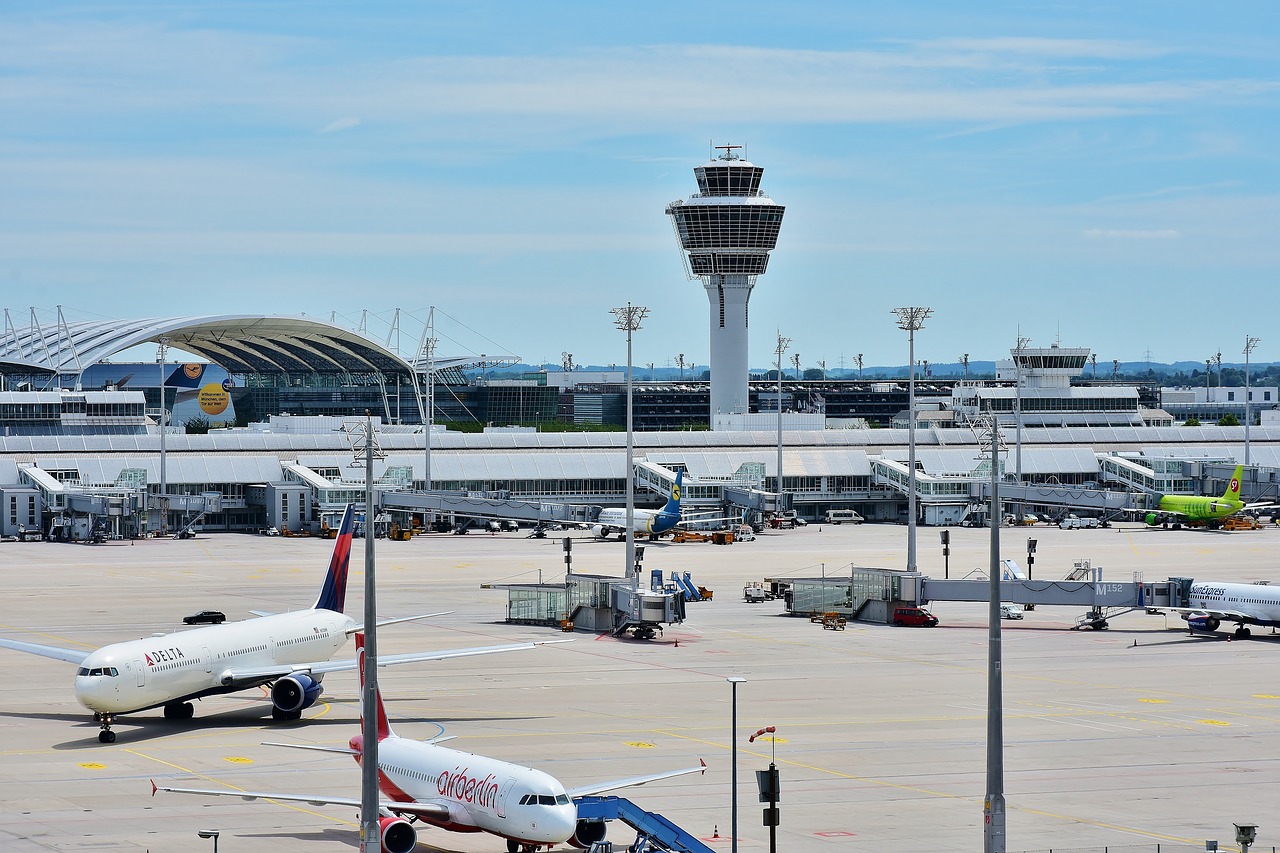Air Traffic Control: Here's How it Works
By on Jan 24th 2018
On the ground, we have traffic lights, designated lanes, stop signs, and turn signals, among other things, to help us navigate from point A to B safely. But in the sky? Well, as you know, there are no lanes or stop signs up there. Instead, there are radios and the folks who work in Air Traffic Control.
What is Air Traffic Control?
There can be as many as 5,000 planes over the U.S. at peak travel times, so it's important that someone keeps an eye on things. That's exactly what Air Traffic Control does, in a nutshell.
Aircraft need to be kept at a safe distance from one another and from weather that could be dangerous to those onboard. Empty airspace is extremely important to maintain around each aircraft, and there is a minimum space requirement that must be met, which Air Traffic Control monitors and controls.

The first airport to employ air traffic control was London's Croydon Airport in 1921. The US was right behind them with three divisions. Airmail radio stations (AMRS) were created in 1922 after WWI, and that branched out into flight service stations. The first air traffic control tower was built during 1930 in Cleveland.
Air route traffic control centers began to spread in the 1930s with radar and approach and departure control facilities being introduced in the 50s.
The air traffic control system is controlled by the FAA (Federal Aviation Administration): the Air Traffic Control System Command Center (ATCSCC), Air route traffic control centers (ARTCC), Terminal radar approach control (TRACON), Air traffic control tower (ATCT), and Flight service station (FSS).
How each division works
Aircraft are monitored by the air traffic control centers they are flying within, and controllers are in contact with pilots throughout their flight. Each division works together to ensure a seamless flying experience for pilots and passengers.

Together, they each perform an important role, working together like a well-oiled engine:
Air Traffic Control System Command Center (ATCSCC)
These are the people who run the show when it comes to air traffic control. They manage ATC within centers where there are issues including bad weather, inoperative runways, and traffic overloads.
Air route traffic control centers (ARTCC)
ARTCC manages traffic within all its center's sectors, excluding both TRACON airspace and local-airport airspace. Each center has one ARTCC.
Terminal radar approach control (TRACON)
TRACON handles aircraft leaving and arriving at airports within its designated space.
Air traffic control tower (ATCT)
Every airport with regularly scheduled flights has an ATCT. These towers handle traffic for all takeoff, landing, and ground aircraft.
Flight service station (FSS)
The FSS works with private pilots flying to and from small airports and rural areas. They provide information on weather, route, terrain, and more. They also work to assist pilots in various emergencies and coordinate search-and-rescue operations when an aircraft is overdue or missing.
When your next flight is delayed, it might just be because of air traffic control. They work to make sure that your flight makes it to your destination without running into anavoidable issue.
Sources:
https://en.wikipedia.org/wiki/Air_traffic_control
https://science.howstuffworks.com/transport/flight/modern/air-traffic-control.htm





